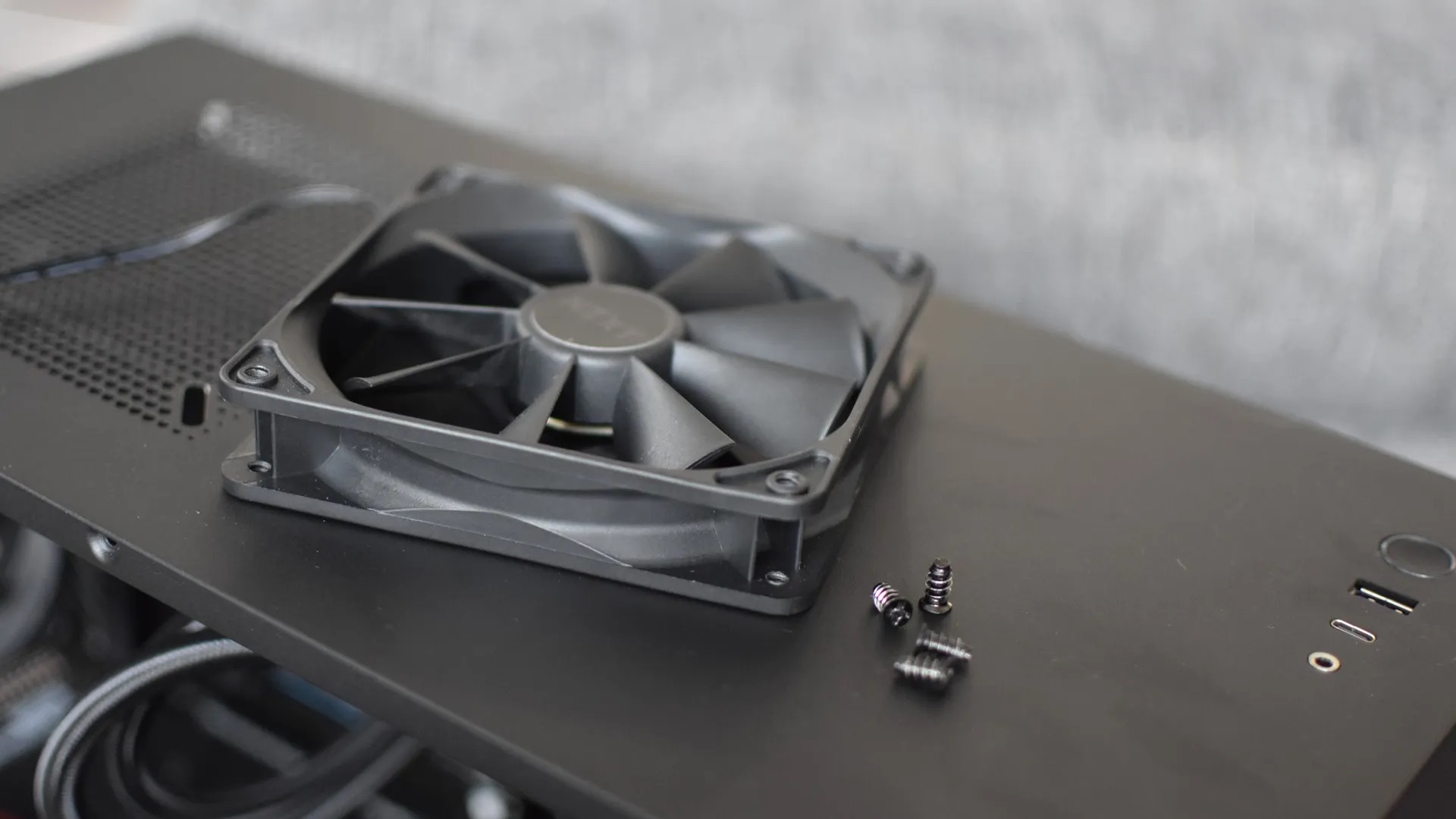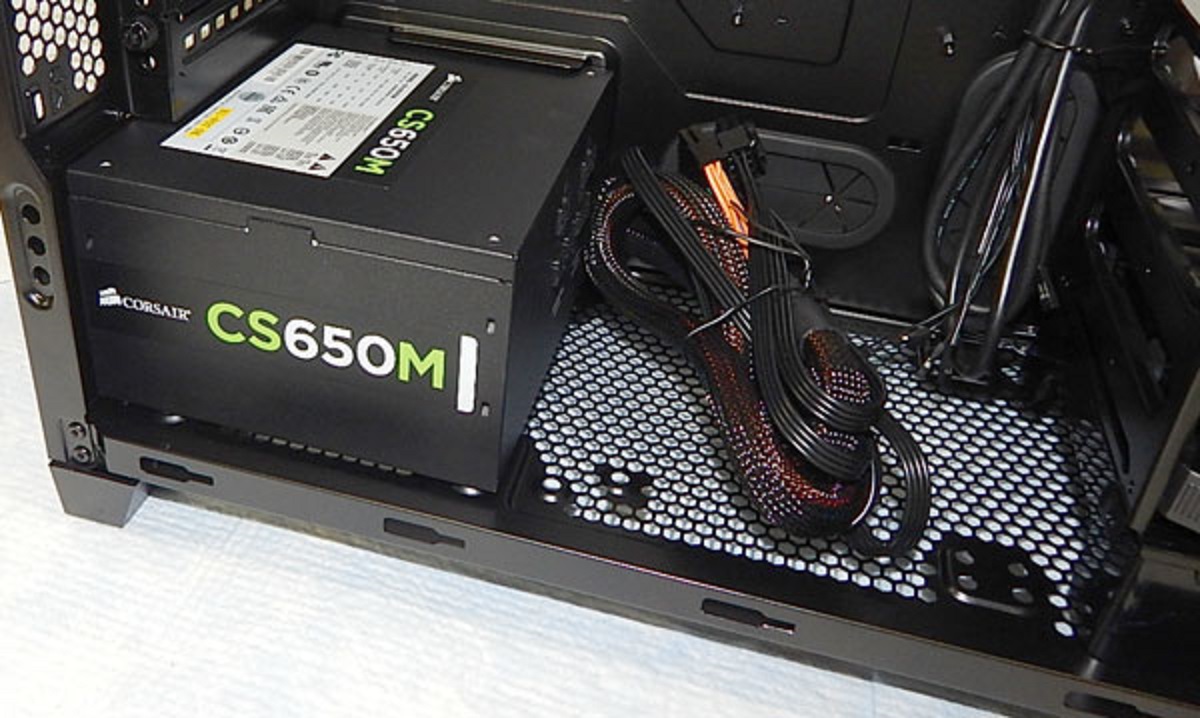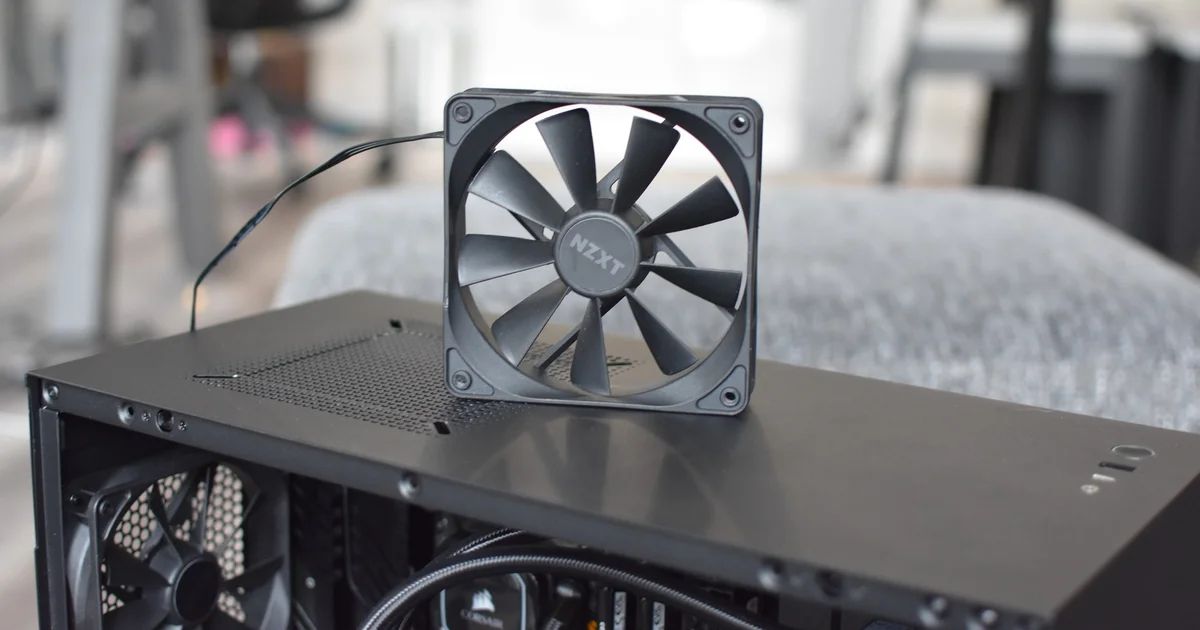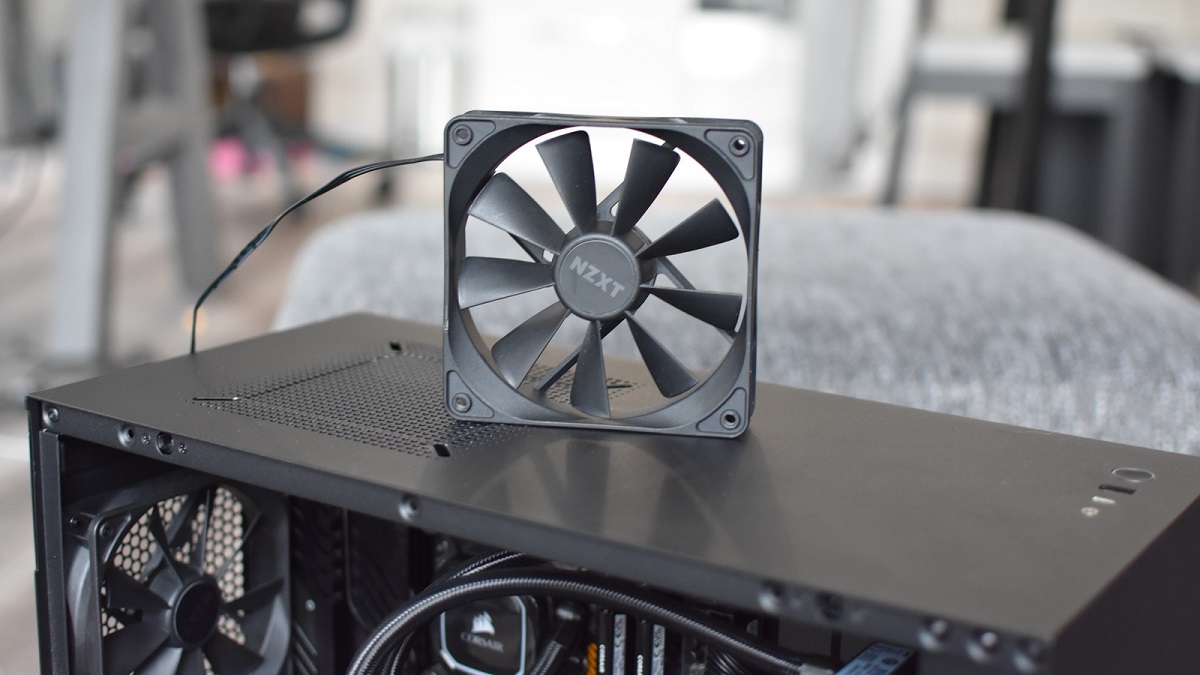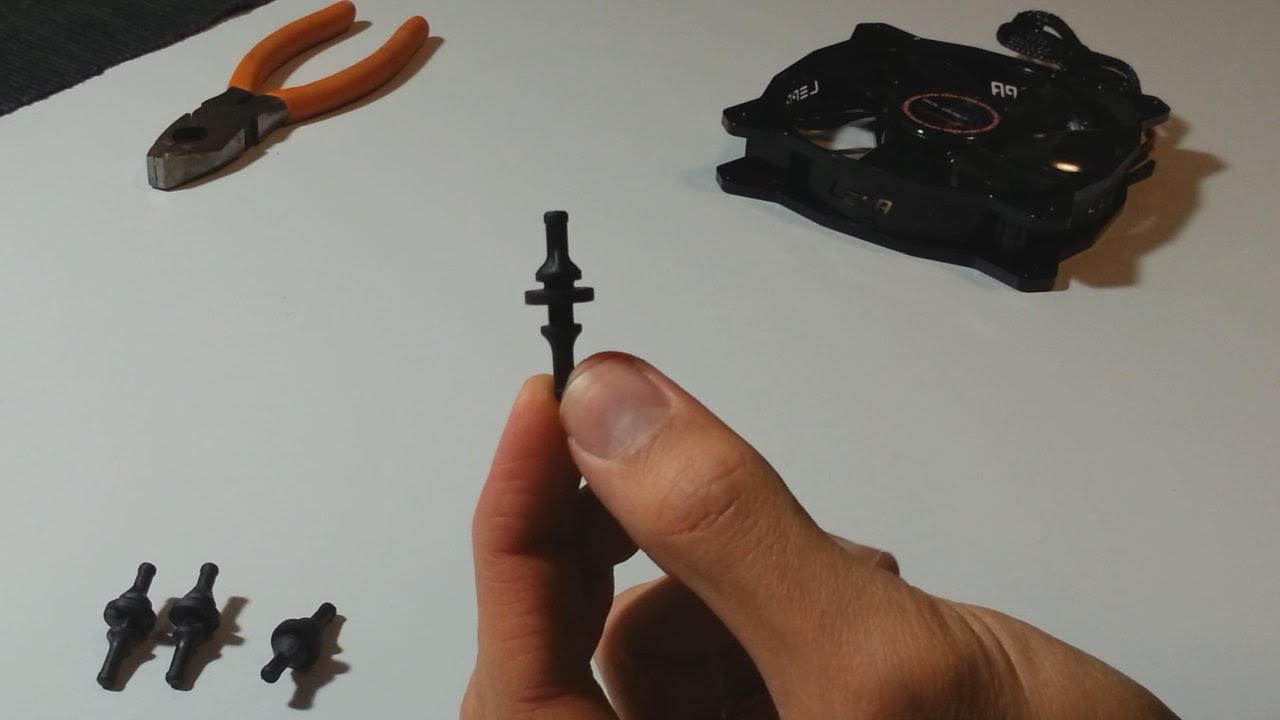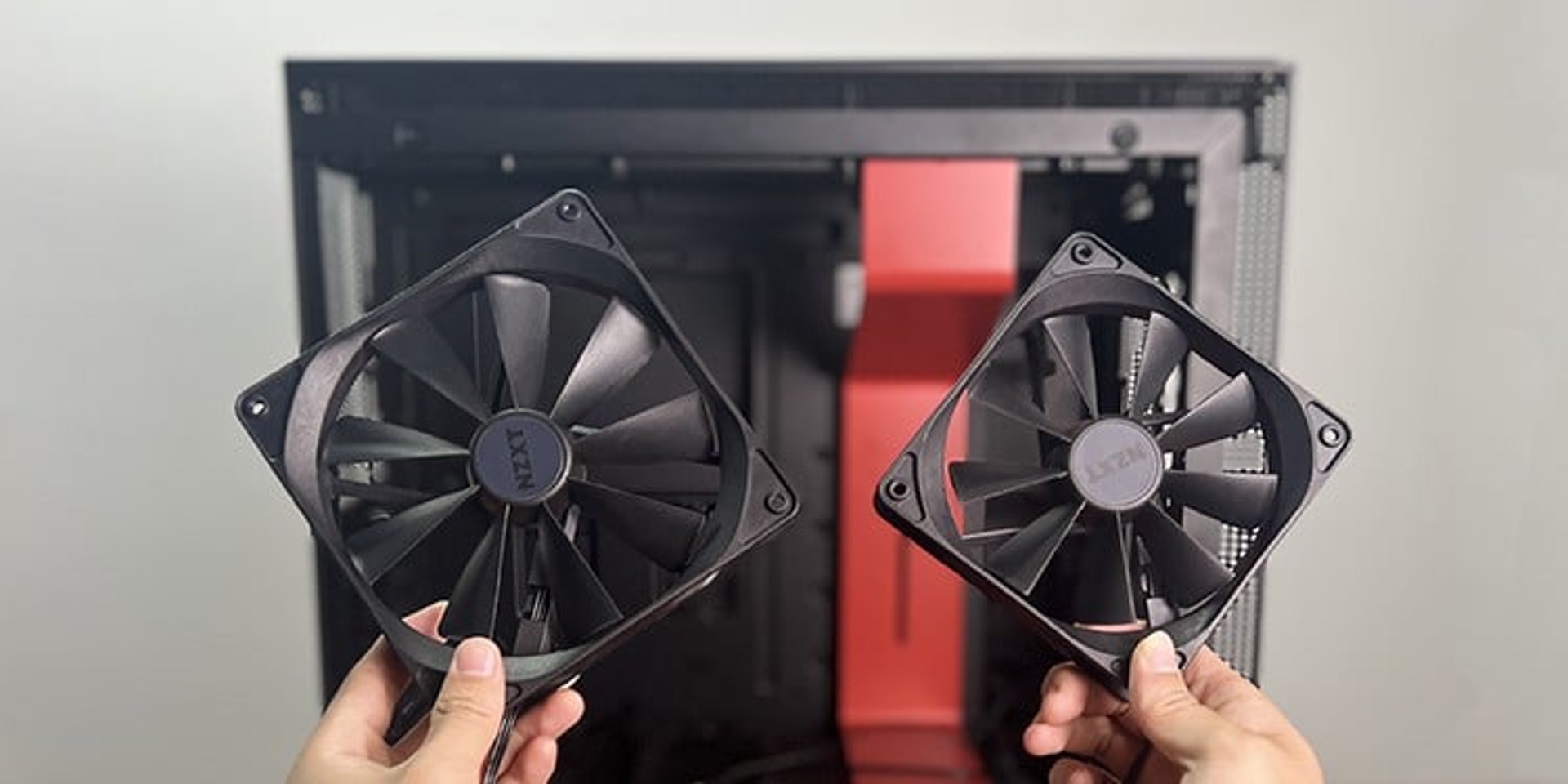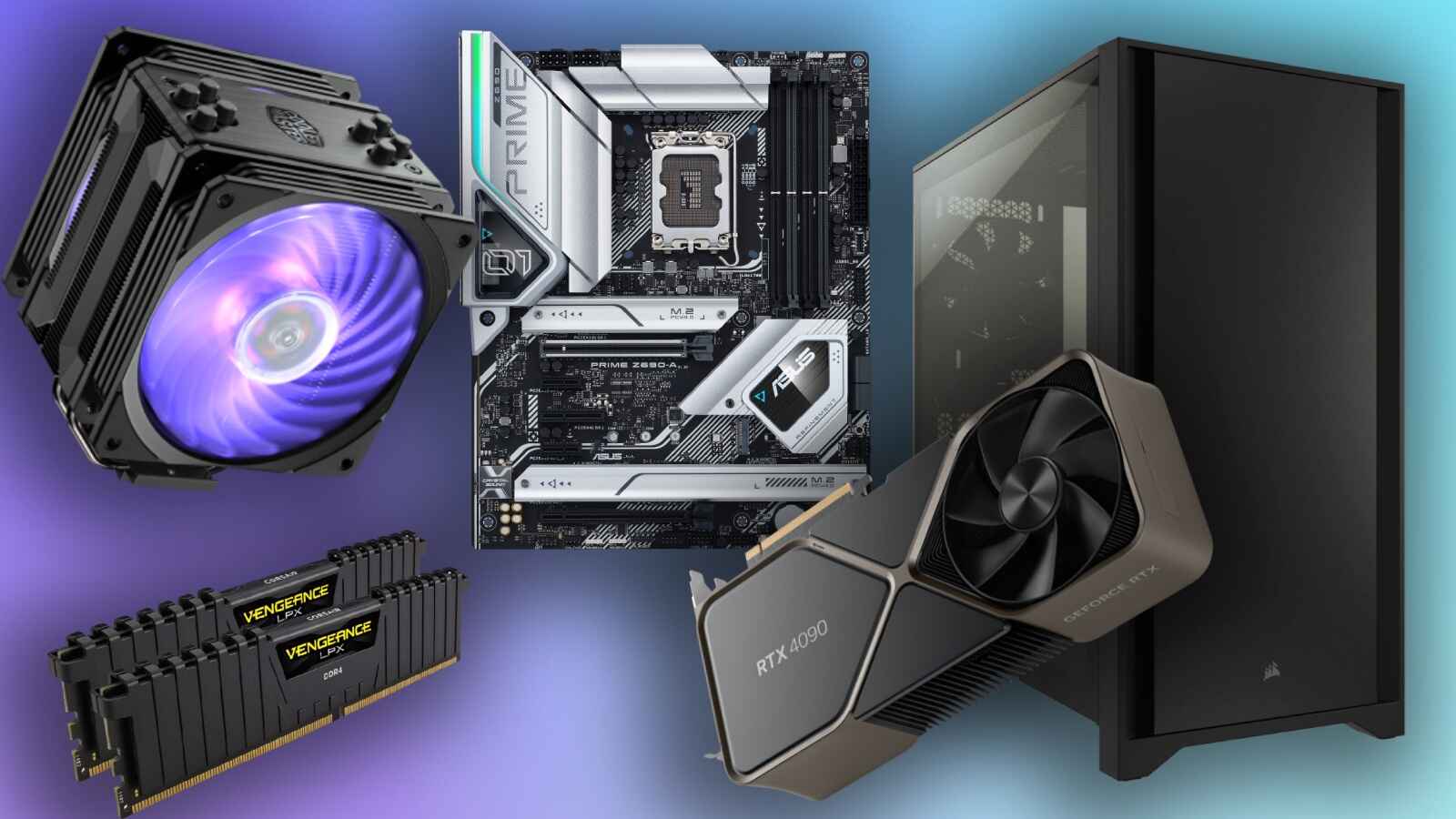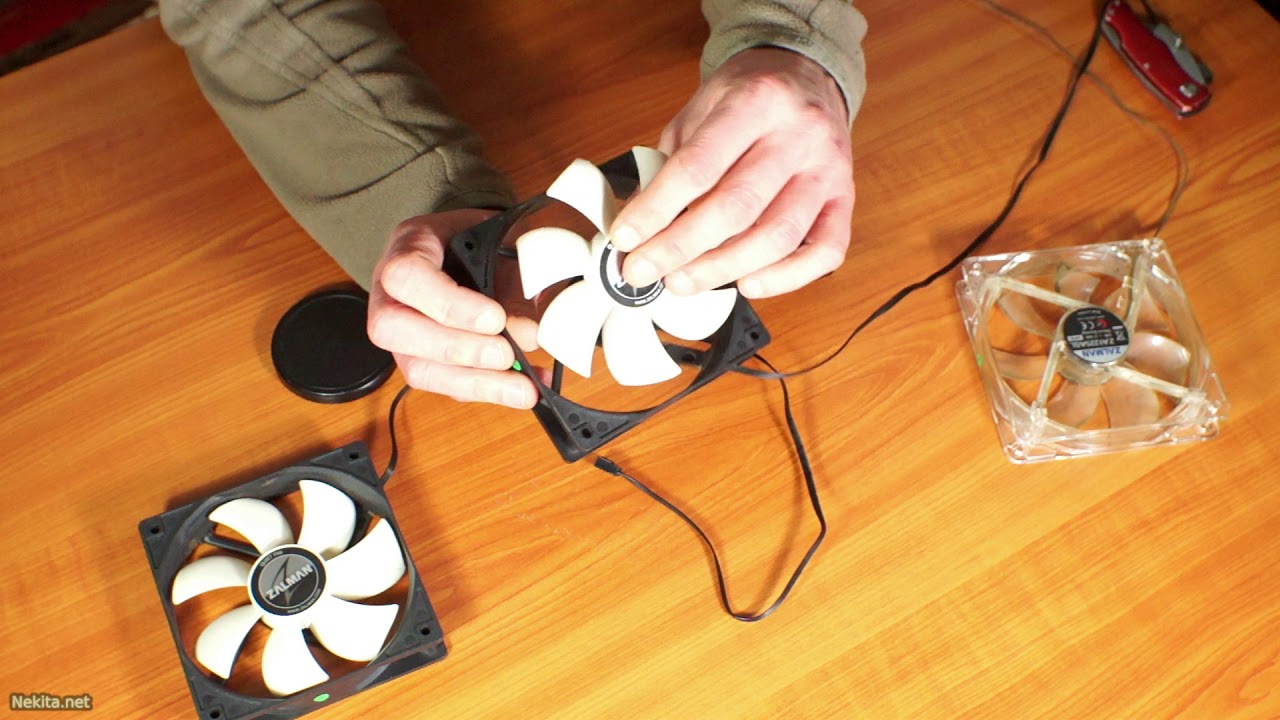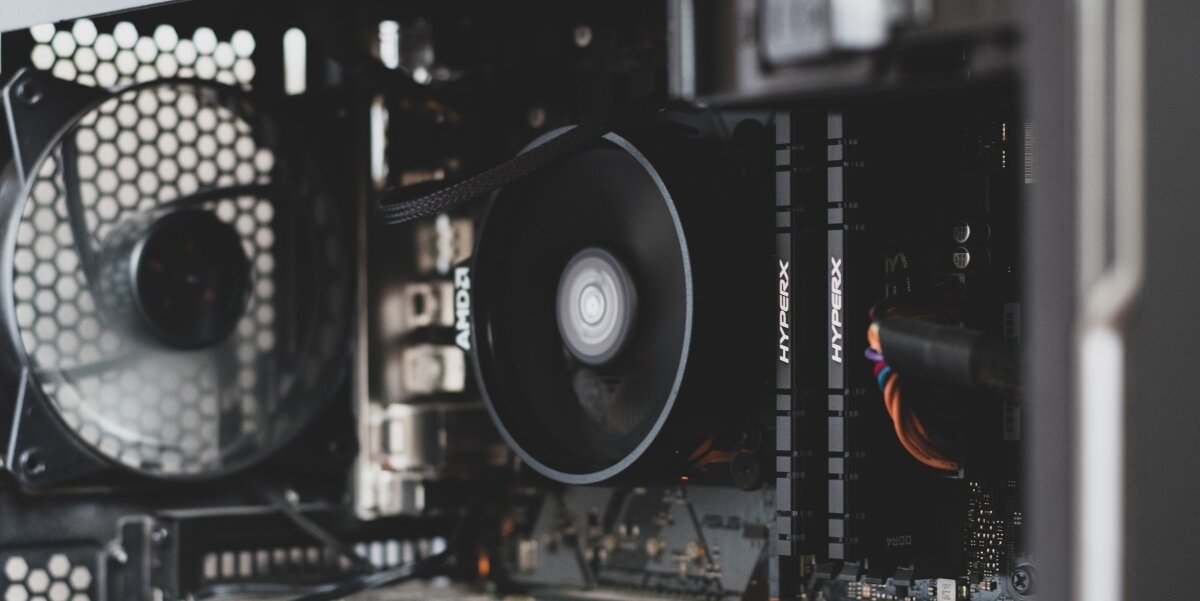Introduction
Welcome to our comprehensive guide on the essential topic of case fan screws. If you’re building or upgrading your computer, you know that proper cooling is crucial for optimal performance and longevity. Case fans play a vital role in keeping your system cool by efficiently circulating air and dissipating heat. However, installing case fans requires the use of screws to securely attach them to your computer case.
In this article, we will delve into the world of case fan screws to help you understand their importance, the different types available, and how to determine the right number and size for your specific needs. Whether you’re a seasoned PC enthusiast or just starting to venture into the world of computer building, this guide will provide you with the necessary knowledge to ensure a successful and hassle-free installation.
As you might expect, selecting the appropriate screws for your case fans is not a one-size-fits-all situation. It requires consideration of various factors, including the fan size, your computer case design, and personal preferences. So, let’s dive right in and explore the intricate details of case fan screws, so you can embark on your computer building journey with confidence.
Why do I need screws for a case fan?
Case fans are essential components in any computer system as they help maintain proper airflow, prevent overheating, and ensure the system operates efficiently. However, these fans cannot fulfill their purpose without being firmly secured to the computer case. This is where case fan screws come into play.
The primary purpose of screws for case fans is to provide a secure attachment between the fan and the case. Without screws, fans would be unable to stay in place, leading to vibrations, instability, and potential damage to the fan or other components. The screws ensure that the fan remains in the desired position, preventing it from shifting or falling off during operation.
Besides the obvious practicality of keeping the fan securely in place, screws also play a crucial role in minimizing noise. By properly screwing the fan to the case, you can reduce vibrations and noise caused by loose fittings. This contributes to a quieter and more enjoyable computing experience.
Furthermore, screws allow for easy removal and installation of case fans. This flexibility is crucial when it comes to cleaning, maintenance, or upgrading your system. Without screws, it would be challenging to reposition or replace a fan, making it more cumbersome to access other components or perform necessary tasks.
In summary, screws for case fans are essential for stability, proper airflow, noise reduction, and ease of maintenance. By securely fastening the fans to your computer case, you can ensure optimal cooling, longer component lifespan, and a quieter computing experience.
Types of screws for case fans
When it comes to case fan screws, there are a few different types to consider. The most common types include standard fan screws, thumbscrews, and rubber mounting screws.
1. Standard fan screws: These are the traditional screws used to secure case fans to the computer case. They are typically made of metal and come in different lengths to accommodate different case thicknesses. Standard fan screws have a flat head that allows for easy tightening with a screwdriver or Phillips head screwdriver.
2. Thumbscrews: Thumbscrews are a more user-friendly option that eliminates the need for tools when installing or removing case fans. These screws have larger heads that can be tightened or loosened by hand. Thumbscrews are perfect for individuals who frequently open their computer cases for maintenance or upgrades, as they make the process quicker and more convenient.
3. Rubber mounting screws: Rubber mounting screws are an alternative to traditional metal screws and offer additional benefits. These screws have a rubberized coating that helps reduce vibrations and noise generated by the case fan. Rubber mounting screws are particularly useful if you prioritize a quiet computing environment. Keep in mind that rubber mounting screws may not be as secure as standard screws, so they may not be suitable for highly demanding or heavy-duty applications.
It’s essential to note that not all types of screws are compatible with every case fan or computer case. Before purchasing screws, it’s recommended to check the specifications of your case fan and computer case to ensure compatibility. Additionally, some case fans come with screws included, so you may not need to purchase them separately.
Ultimately, the type of screw you choose will depend on your personal preferences, convenience, and the specific requirements of your case and fan setup. Considering factors such as ease of installation, noise reduction, and security will help you make an informed decision when selecting the appropriate screws for your case fans.
How many screws do I need?
The number of screws you’ll need for your case fan installation depends on various factors, including the fan size, the fan mounting holes on your case, and your personal preferences for stability. Typically, case fans require at least four screws for secure attachment, but it’s prudent to use more for added stability and to minimize vibrations.
Start by checking the number of mounting holes on your case fan. Most case fans have four mounting holes positioned at each corner. Therefore, a minimum of four screws is necessary to ensure all corners are securely fastened. However, some larger fans may have additional mounting holes to provide extra support.
While four screws are sufficient, using more can offer better stability. Adding extra screws evenly spaced between the corners can help distribute the load evenly and prevent excessive vibrations, especially if you’re using high-speed or larger fans. This approach is particularly important if you’re concerned about noise reduction or have a fan that experiences high levels of vibration.
Additionally, some individuals prefer to use rubber mounting screws instead of traditional metal screws. In this case, you will need to use the recommended number of rubber mounting screws provided. Keep in mind that rubber mounting screws may differ in their package quantities, so ensure you have enough to secure the fan properly.
Ultimately, the number of screws you need will depend on the specifications of your case fan, personal preferences, and the considerations mentioned above. It’s always a good idea to check the manufacturer’s instructions or recommendations for your specific case fan model.
By using the appropriate number of screws, you can ensure proper attachment, minimize vibrations, and maintain the stability of your case fans, resulting in optimal airflow and efficient cooling for your computer system.
Determining the screw size
Choosing the correct screw size for your case fan installation is crucial to ensure a secure and proper fit. The screw size is typically determined by two factors: the fan mounting holes and the thickness of your computer case.
The most common screw sizes for case fans are M3, 6-32, and 8-32. These measurements refer to the diameter and thread pitch of the screw. M3 screws have a metric measurement, while 6-32 and 8-32 screws follow the Unified Thread Standard (UTS).
To determine the correct screw size, start by checking the size of the mounting holes on your case fan. Most case fans will have the size specified in the product manual or on the manufacturer’s website. Ensure that the screw diameter matches the size of the mounting holes on the fan.
The next consideration is the thickness of your computer case. The length of the screw should be sufficient to pass through the mounting holes on the fan and securely attach to the case. Measure the thickness of your computer case, accounting for any additional components or fan filters that may affect the screw length.
When selecting the screw length, it’s essential to ensure that the screw does not protrude too far into your computer case. Ideally, the screw should be long enough to engage at least a few threads into the case but not so long that it damages any components inside.
If you are uncertain about the correct screw size, it’s always a good idea to consult the manufacturer’s manual, website, or customer support for guidance. They will have detailed information on the recommended screw sizes for specific case fan models.
Remember, using screws that are too large can cause damage to the fan or case, while screws that are too small may not provide a secure and stable attachment.
By accurately determining the screw size based on the fan mounting holes and the thickness of your computer case, you can ensure a proper fit and secure installation of your case fans.
Considerations when installing case fan screws
When installing case fan screws, there are a few important considerations to keep in mind to ensure a successful and hassle-free installation:
1. Fan Orientation: Before attaching the screws, determine the orientation of the case fan. Depending on your desired airflow direction, you may need to position the fan as an intake or exhaust. Make sure the side of the fan with the blades is facing the correct direction when attaching the screws.
2. Tightening the Screws: When tightening the screws, it’s important not to overtighten them. Over-tightening could potentially damage the fan or cause stress on the case. Tighten the screws securely but avoid applying excessive force. If you’re using thumbscrews, hand-tightening is sufficient.
3. Vibration Dampening: If you prefer a quieter system, consider using rubber mounting screws or rubber washers between the fan and the case. These can help reduce vibrations and decrease noise generated by the fan during operation.
4. Cable Management: Pay attention to cable management when installing case fan screws. Ensure that the fan’s power cable is neatly routed and not obstructing any other components or cables in the case. This will help maintain a tidy and organized system and prevent any interference with airflow.
5. Fan Filters: If your case has fan filters, make sure to install the screws securely but avoid overtightening. Over-tightening can cause the filter to warp or restrict airflow. Ensure that the screws are tightened evenly to maintain a proper seal and prevent dust from entering the case.
6. Regular Maintenance: Periodically check the screws to ensure they remain tight. Over time, vibrations or movement may cause the screws to loosen. Regularly inspecting and tightening them will help maintain the stability and performance of your case fans.
By considering these factors during the installation process, you can ensure a secure attachment, minimize vibrations and noise, optimize airflow, and maintain a clean and organized system.
Conclusion
In conclusion, case fan screws are essential components that play a crucial role in the proper installation and functioning of case fans. By securely fastening the fans to your computer case, you can ensure stability, optimal airflow, noise reduction, and ease of maintenance.
Understanding the different types of screws available, determining the appropriate number of screws, and selecting the correct screw size are all key considerations when installing case fans. Taking into account factors such as fan orientation, tightening techniques, vibration dampening, cable management, and fan filters will further enhance the installation process.
Proper installation of case fan screws not only ensures the longevity and optimal performance of your computer system but also contributes to a quieter and more enjoyable computing experience. By following the guidelines provided in this guide, you can confidently install case fan screws and reap the benefits of efficient cooling and a well-maintained computer system.
We hope that this comprehensive guide has provided you with valuable insights into the world of case fan screws. Incorporating these insights into your computer building or upgrading journey will help you achieve the best results. Remember to check the specifications of your case fans and consult the manufacturer’s instructions if you have any specific doubts or questions.
With the proper understanding and installation of case fan screws, you’re on your way to building a well-cooled and high-performing computer system that meets your needs and expectations.







